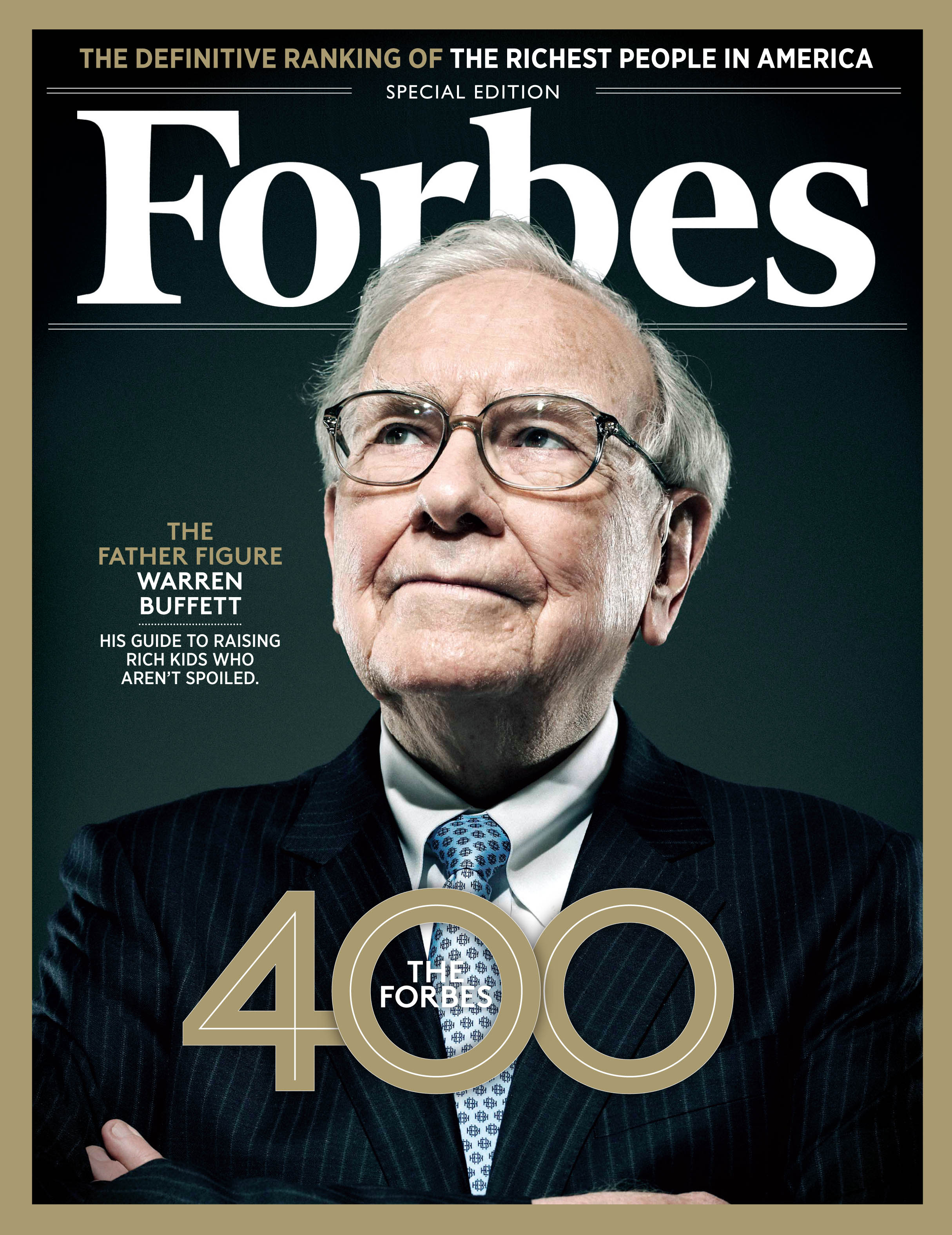The half-life of technical knowledge
That thing you just learned about or acquired mastery of - it could be a piece of electronics or a programming language or a new HR or Talent Management system, or anything really - about how long would you estimate is the useful life of that newly acquired knowledge or expertise?
One estimate,published in 1997, from the mathematician and engineer Richard Hamming suggests the half-life of technical knowledge is about 15 years. Since Hamming's conclusion was reached more than 15 years ago, the theory itself, as well as our own practical experience with the modern world, seems to indicate the 15 year useful life of specific technical knowledge is probably even shorter. It could be 10 years, it could be even fewer. You still (mostly) remember things, but as time passes the value of what you remember continues to diminish.
Think about the device that passed for what you called a smartphone in 2005. Remember how that thing worked? And even if you do, does that specific knowledge help you much today? Or how about the expertise you developed to help you navigate through that archaic HR and Payroll system your company used a decade ago. Any of that training and learning paying off these days?
While it is no great bit of insight to conclude that technology is progressing more rapidly than even in the recent past, the question that results from that conclusion, just how can you attempt to stay relevant and knowledgeable in such a fast-moving environment is the important matter. How can or should you go about becoming more accustomed to learning all of the time, since as much as half of the knowledge we have already acquired becomes obsolete, in a kind of continuous cycle of degradation?
Well, our pal Hamming had some really good ideas about that, and they have been synthesized and summarized in this excellent piece Ten Simple Rules for Lifelong Learning, According to Hamming, on the PLOS Computational Biology site. (Please don't ask me what I was doing on a Computational Biology site).
You should really read the entire piece, it is not that long, you have time, but since I know you won't I will highlight the one 'rule' that stood out for me the most, especially since it sort of contradicts a currently popular idea that we should be open to and embrace failure.
Take a look at an excerpt Rule 6, Learn From the Successes of Others:
As Hamming says, because “there are so many ways of being wrong and so few of being right, studying successes is more efficient, and furthermore, when your turn comes you will know how to succeed rather than how to fail.” In addition, he notes that “vicarious learning from the experiences of others saves making errors yourself.
The best part of that observation is just recognizing the almost infinite number of ways to fail and the extremely rare ways to succeed or to be 'right'. Maybe we have gotten too caught up in the 'embrace failure' cult since it is just easier to spot and experience failure in ourselves and in others than it is to attain success. Learning from success, even other's success, might get you where you want to be faster than always trying to extrude the value from your own failures.
There are plenty of other great nuggets in the piece, (especially Rule 8. No Matter How Much Advice You Get and How Much Talent You Possess, It Is Still You Who Must Do the Learning and Put in the Time), so like I mentioned above if you are someone that needs to be concerned and able to keep current and proficient in today's complex world of technology the entire article is worth your time.
Have a great weekend - try to learn something new!

 Steve
Steve



